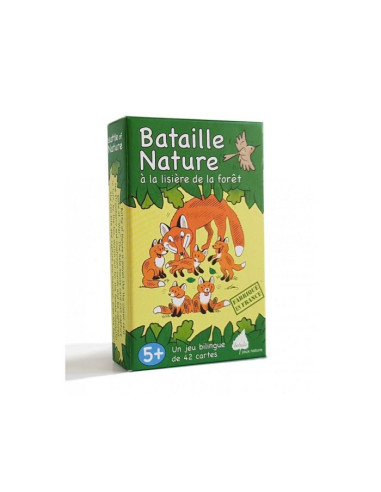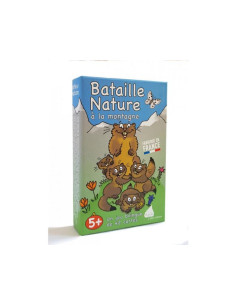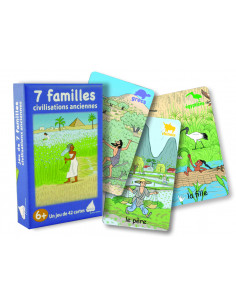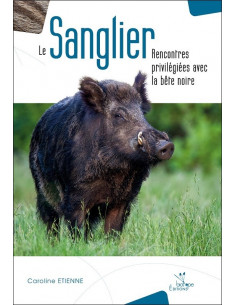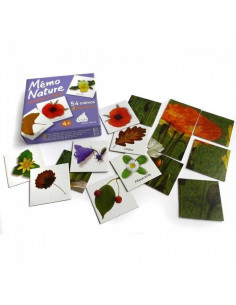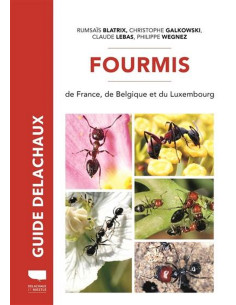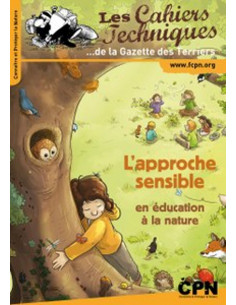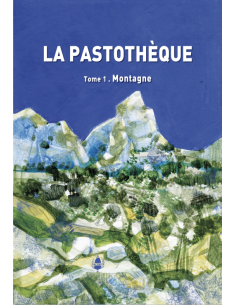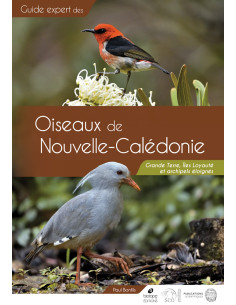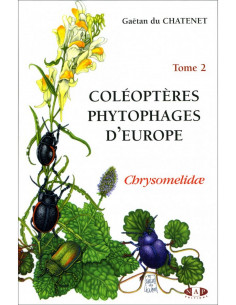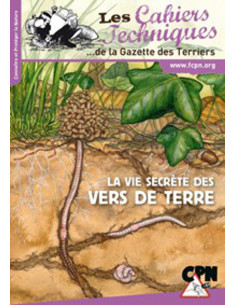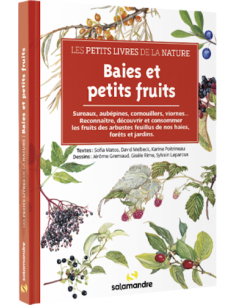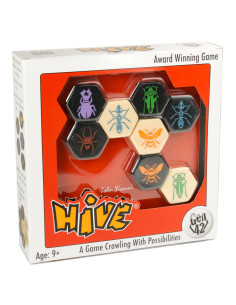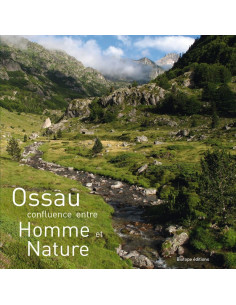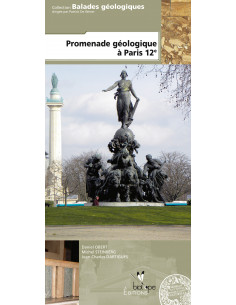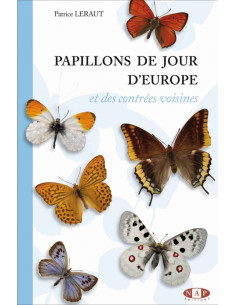Jeu nature Betula - Bataille nature à la lisière de la forêt
article diffusé
3760174130015
€10.00 tax excl.
€12.00
Tax included
The edge of the forest is a rich environment.
Plants find the sunshine that is so vital for their growth. Animals like the open spaces for hunting and the undergrowth for safe hiding places. Birds perch in the trees and survey their territory.
Chestnut
Chestnut trees grow for thirty years before producing their first fruit ! There are three chestnuts in each prickly bur. People used to plant chestnut trees both for their wood and for their fruit. Chestnuts helped them to survive during periods of famine. Chestnut trees also provide food for many wild animals.
Blueberry
The flowers of the blueberry shrub look like small, pink bells. In summer, the fruit becomes green then dark purple. Blueberries are excellent for the health of both people and animals.
Mushroom
Mushrooms get their sustenance from the remains of dead leaves and decaying wood in the soil. They absorb nutrients through a network of filaments called the mycelium. Many kinds of mushrooms are great delicacies, but others are poisonous. If you go hunting for wild mushrooms, make sure you know what kind you have picked before you eat them !
Wild Strawberry
Wild strawberries are cousins to the cultivated strawberries you find in stores. Their sweet flavour makes them a favourite with strawberry lovers. Strawberries reproduce by forming new plants at the end of rambling stems. In this way they colonise the edge of the forest, much to the gourmet’s delight.
Slug
Slugs leave traces of mucus behind when they travel. The slippery mucus makes it easier for them to move about. When the ground is moist from rain or dew, slugs can also slither more smoothly to their favourite plants. If a hedgehog smells a slug, the slow slug doesn’t stand a chance, unless the hedgehog isn’t hungry !
Mosquito
Only female mosquitoes sting ! They need the blood of mammals to produce their eggs. Mosquitoes lay their eggs in the still water of puddles, ponds and lakes. Male mosquitoes feed on very little.They only eat a little sap from plants or a few drops of flower nectar.
Chestnut Beetle
The female chestnut beetle pierces the young chestnut to lay its egg inside.The larva develops inside the chestnut, which is both its shelter and its source of food. Once the chesnut has fallen to the ground, the larva leaves the fruit and spends the winter in the ground. In spring, it comes out of the earth as a winged insect.
Crow
Mr. and Mrs. Crow feed their little ones in a big nest in the branches of a tall tree. Crows gather food and hide it. They are always on the lookout for a wide variety of foods, including the remains of dead animals.
Toad
The toad is our friend. It eats insects, stinging mosquitoes, and plant-eating slugs. Its skin colour is a camouflage, allowing it to snatch unsuspecting insects with its sticky tongue. In spring, mother toads look for a pond in which to lay their eggs. A toad’s main protection against predators is its skin. It contains a venomous liquid which has a very nasty taste !
Hedgehog
Hedgehog babies are born in a nest of leaves under bushes. Their mother suckles them for one and a half months. When night falls, the hedgehog goes hunting, relying on its acute hearing and its highly developed sense of smell. It feeds on insects and slugs. When in danger, it rolls itself into a ball. Only the most patient and cunning fox can catch a hedgehog.
Fox
At night and early in the morning, the fox roams through its territory, marking it with its strong smelling droppings. It moves silently, on the alert, ready to pounce on its prey which is often an imprudent rodent, as such a field mouse. If kits are waiting to be fed, the fox has to be extra cunning to find food for the whole family.
Field Mouse
Field mice are herbivorous. They eat shoots, grasses, flowers, fruit, and roots. They make their nest from sticks and moss, build underground shelters, and give birth to several litters during spring and summer. Field mice stay hidden much of the time to evade their many predators.
Bear
Like humans, bears are omnivorous ; they eat both meat and plants. Bears are big animals that need a large territory to find enough food, especially when they have cubs to feed. In summer and autumn, bears eat as much as they can to fatten up for winter. They are not true hibernators, but they do spend the winter months dozing in their den.
Humans occupy a unique place in nature. Their highly developed brain has allowed them to adapt to almost every environment on earth. On the edge of the forest, humans forage for food. While this food gathering is no longer essential for human survival, it is a way to rediscover old instincts and come into contact with nature.
A game created by Marie-Christine Exbrayat, illustrated by Alexis Nouailhat.
You might also like

